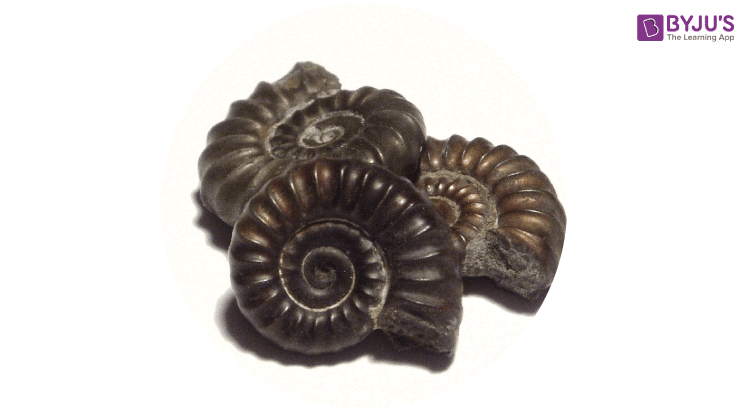
The term fossil is usually applied to bones, teeth or shells of animals that don’t exist anymore. Other impressions like footprints are also part of fossilised remains of once-lived life. Large parts of animal bones dried dead skin and hair, have also been discovered with their bones. Around ninety-nine percent of animal, fossils consist of preserved parts, and these provide us with valuable information about life in the past.
Fossilisation
The fossilisation of a dead organism normally starts when the body is buried before the external decay sets in. The organism is buried in sand or sometimes gets sunk into a bog or at the bottom of a lake, sea, or river. After the burial, decay starts, and the soft parts of the body are destroyed. The harder parts survive as fossils. Water, sand and mud harden to rock, and the organic remains are safely preserved and maintained.
Fossil Record
When fossils are discovered, they are studied as the remains of past life, their place is determined in historical sequence, and fossils from various parts of the world are compared. Only then a fossil record can be created.
Some of the features of fossil records can be best represented in a tabular form. The most recent fossils are formed in the upper strata of the earth and the oldest ones in the most recent, and the most ancient ones are at the bottom.
Thousands of fossils have been discovered, and these form a minute fraction of the total number of animals and plants that lived on the earth a long time ago.

Comments